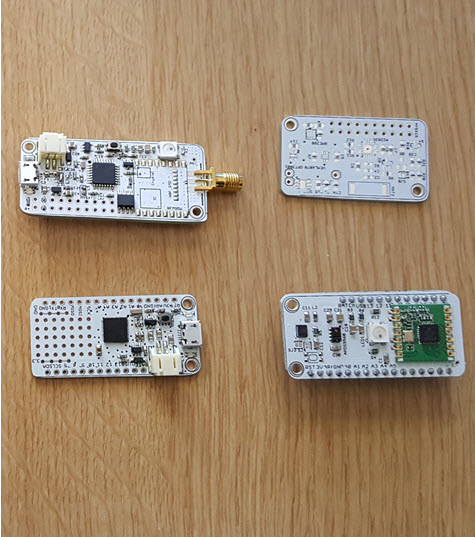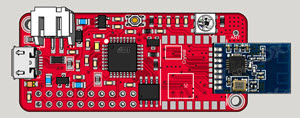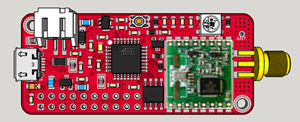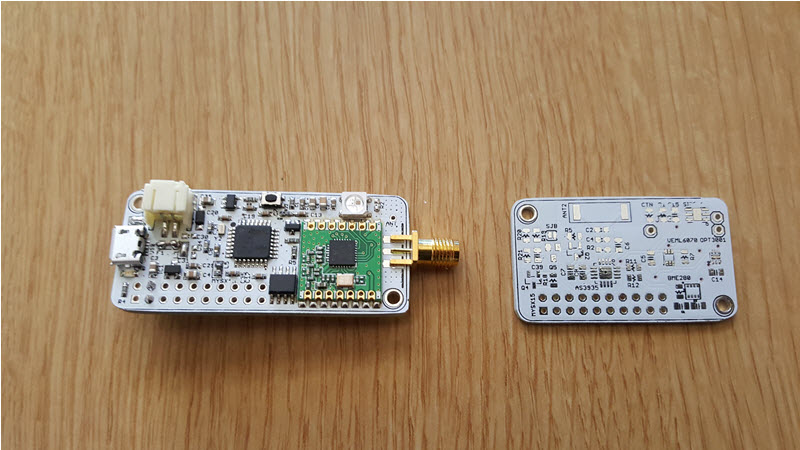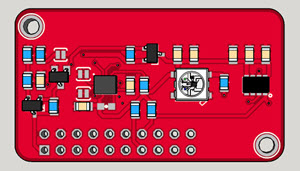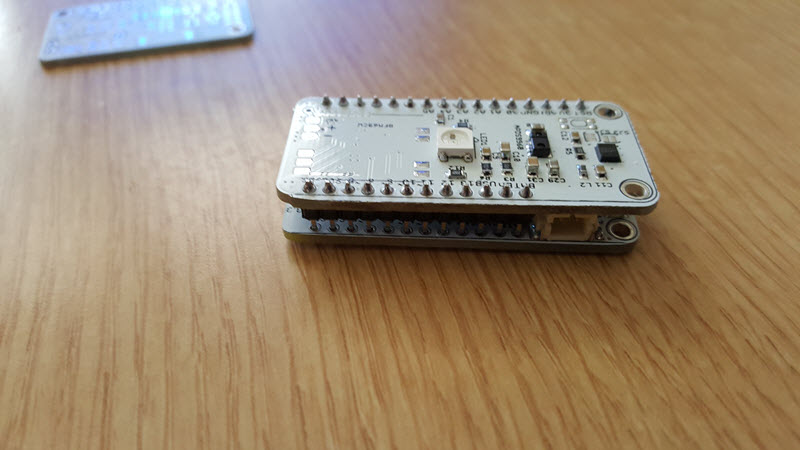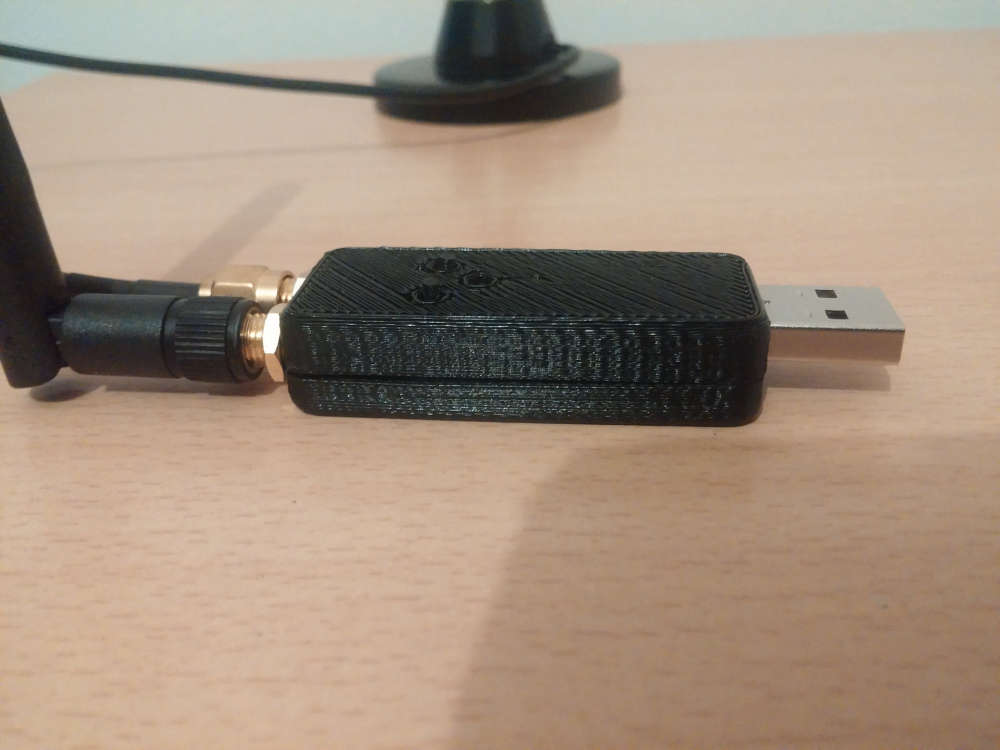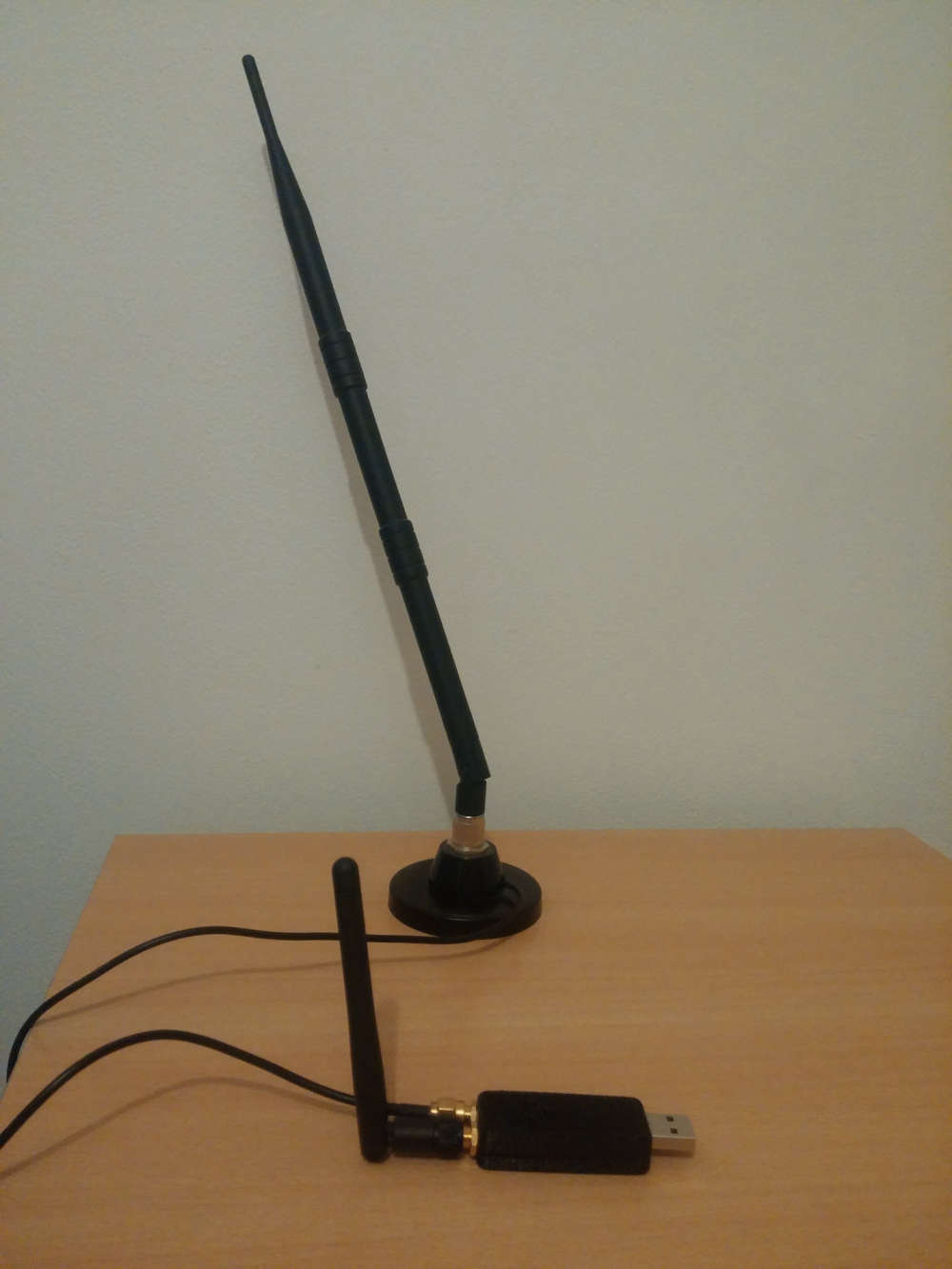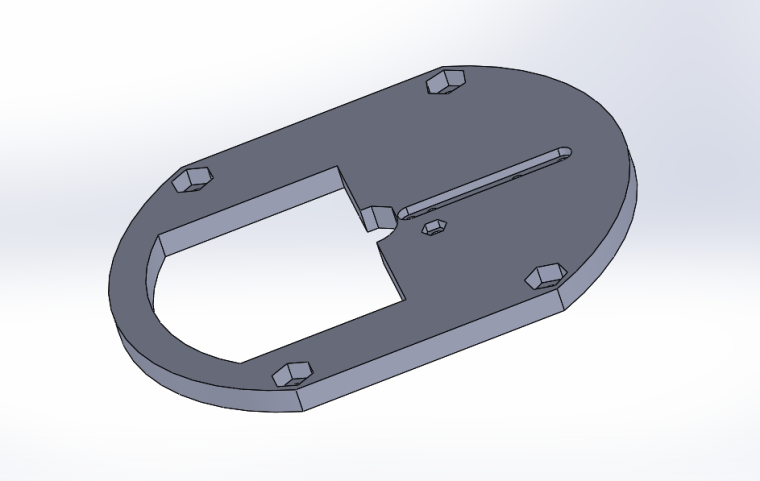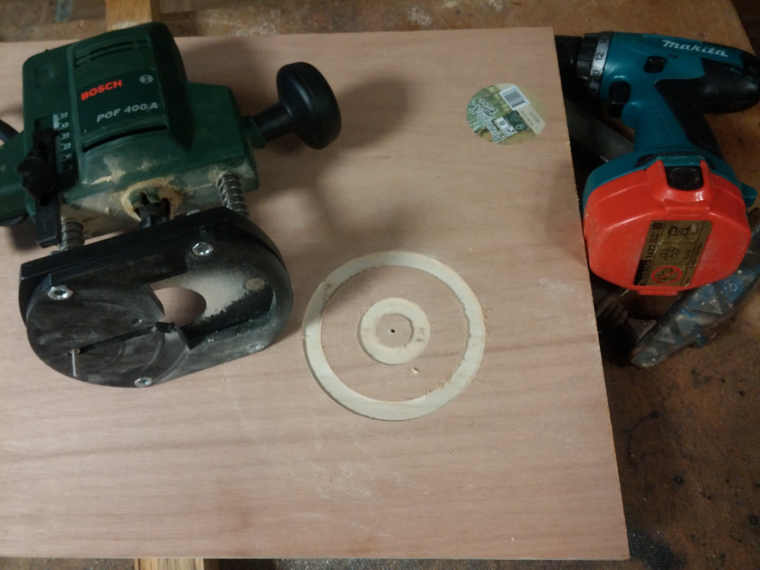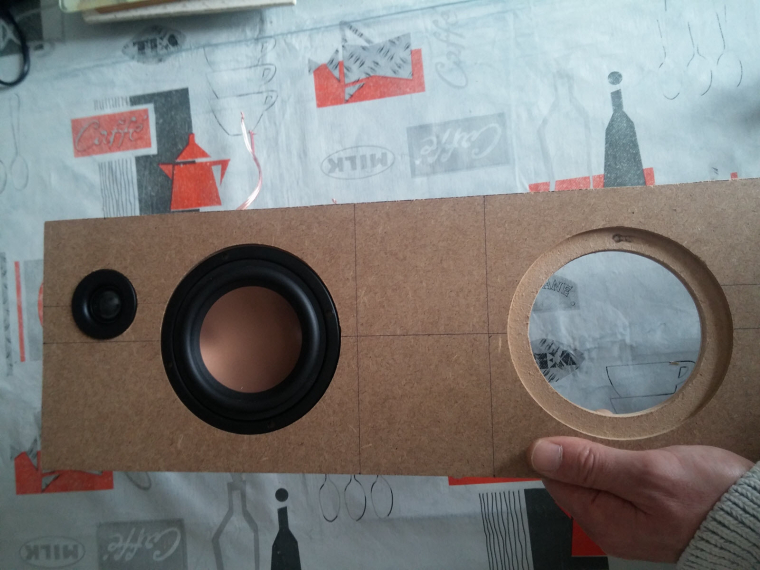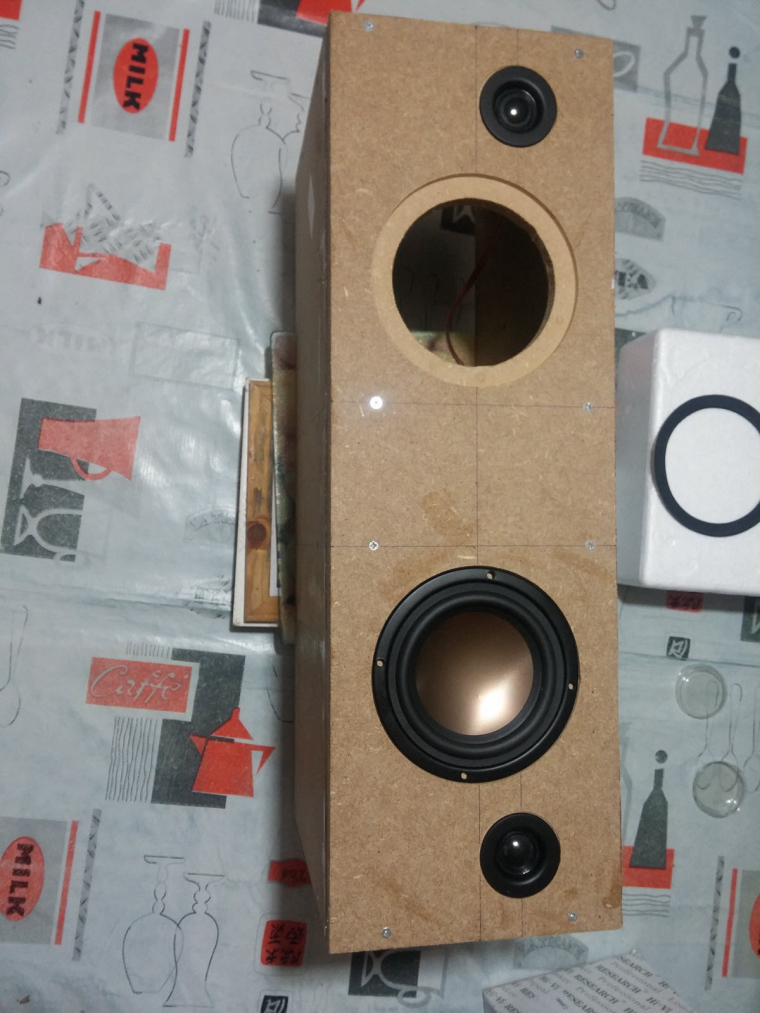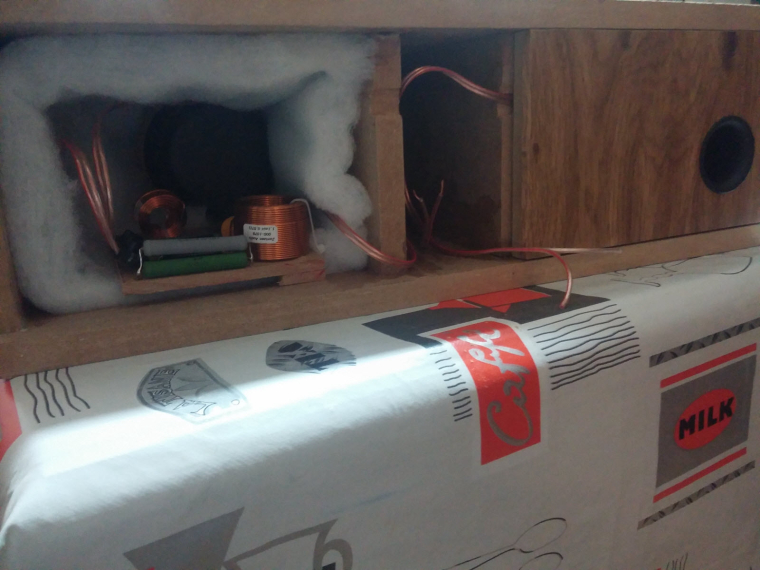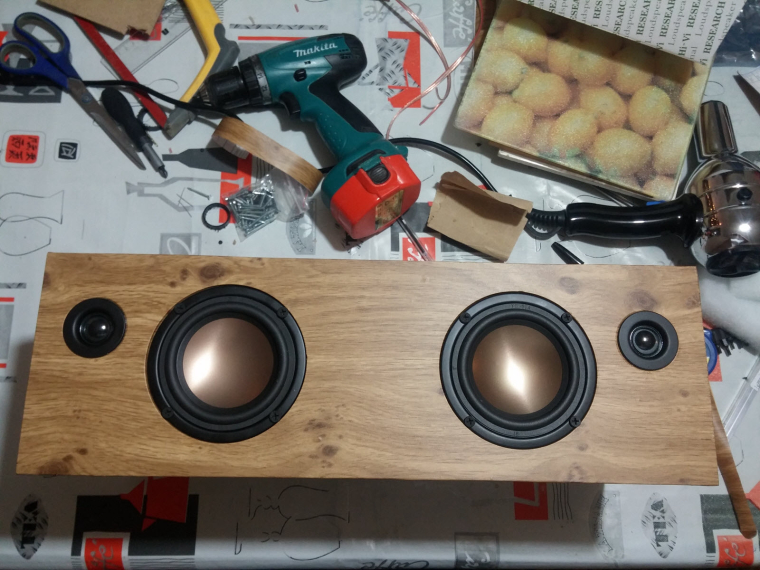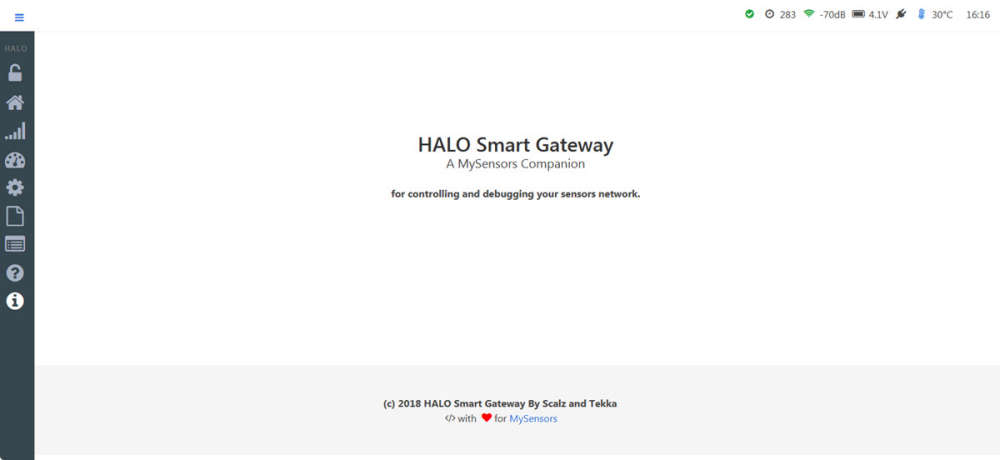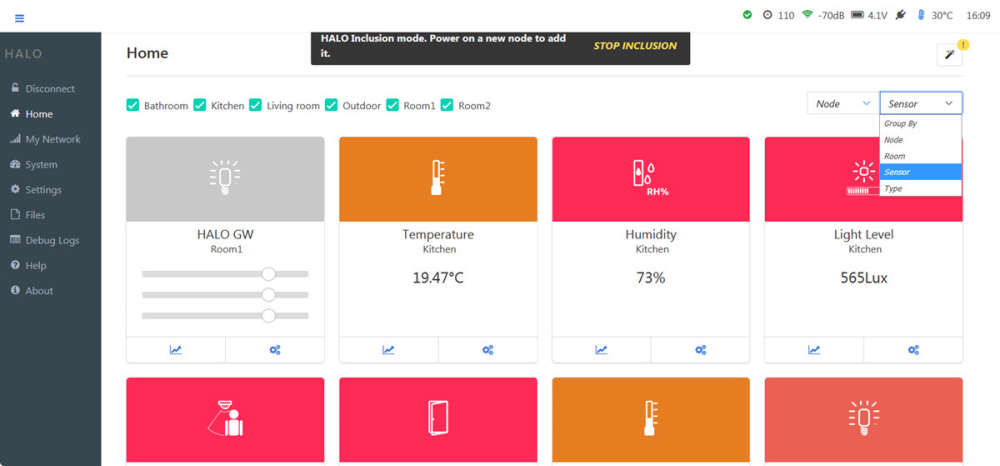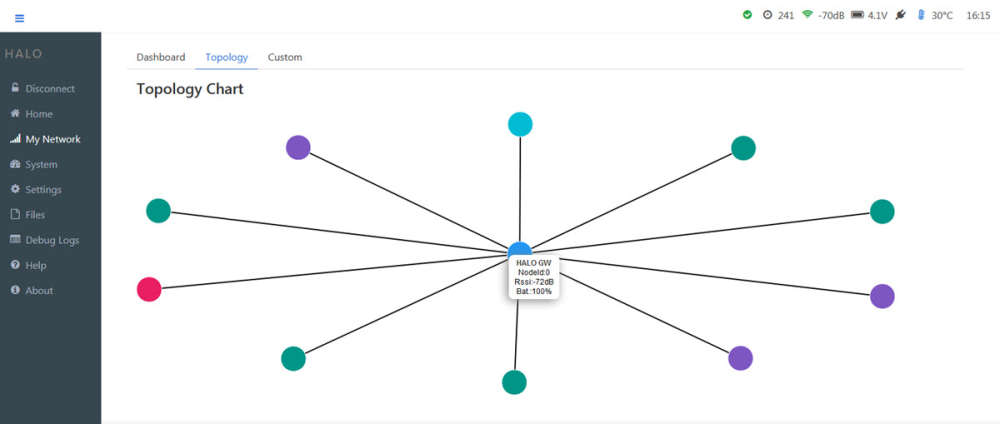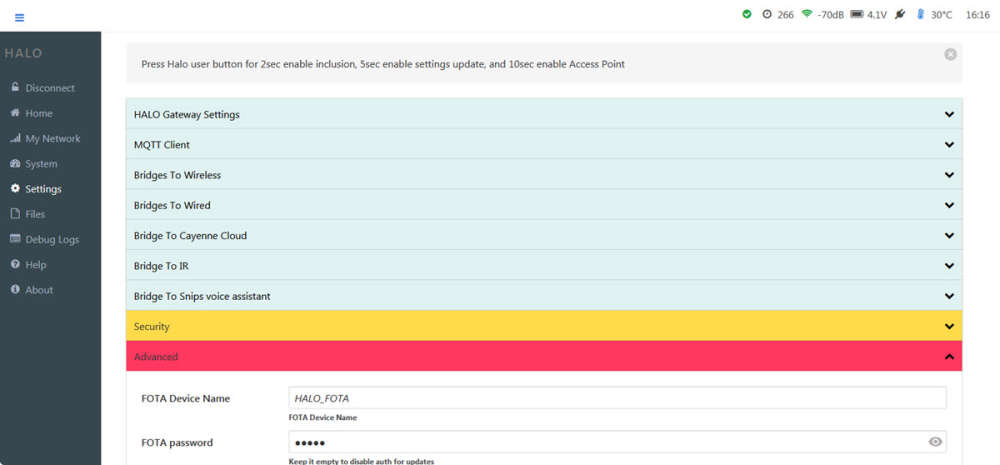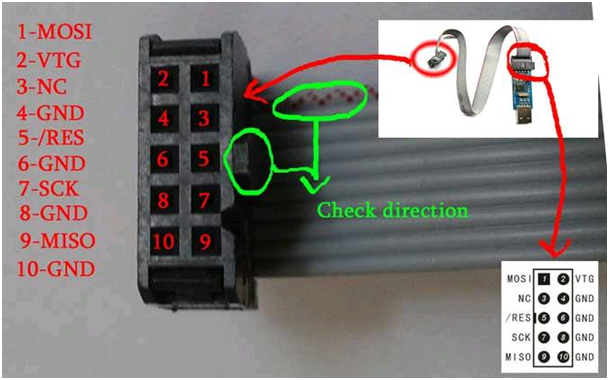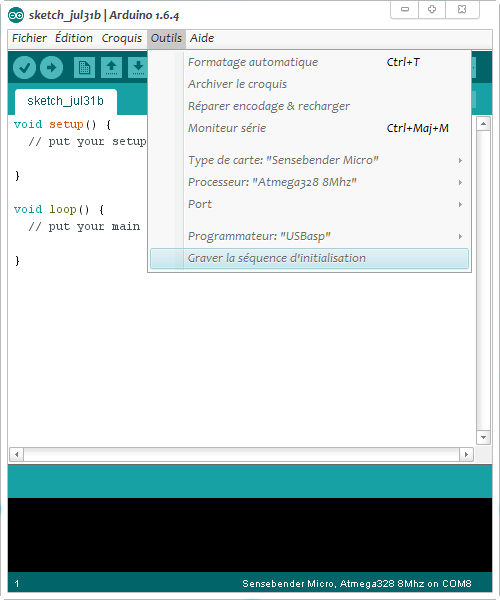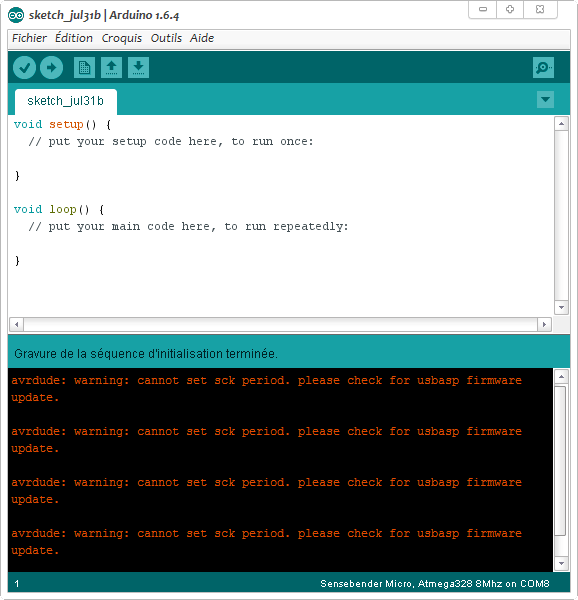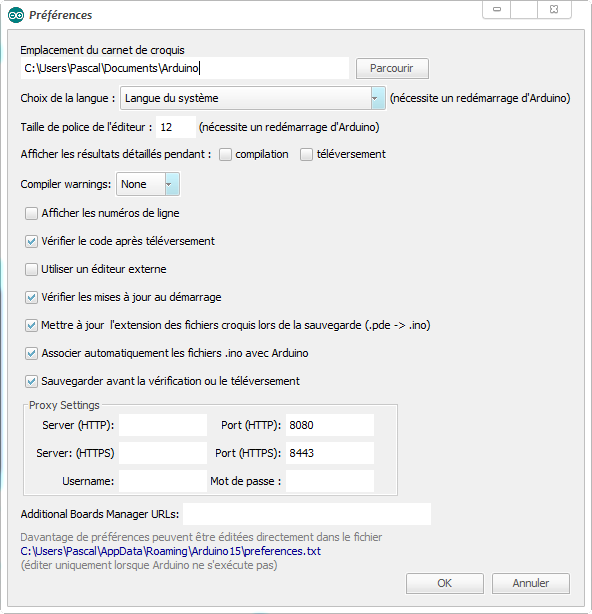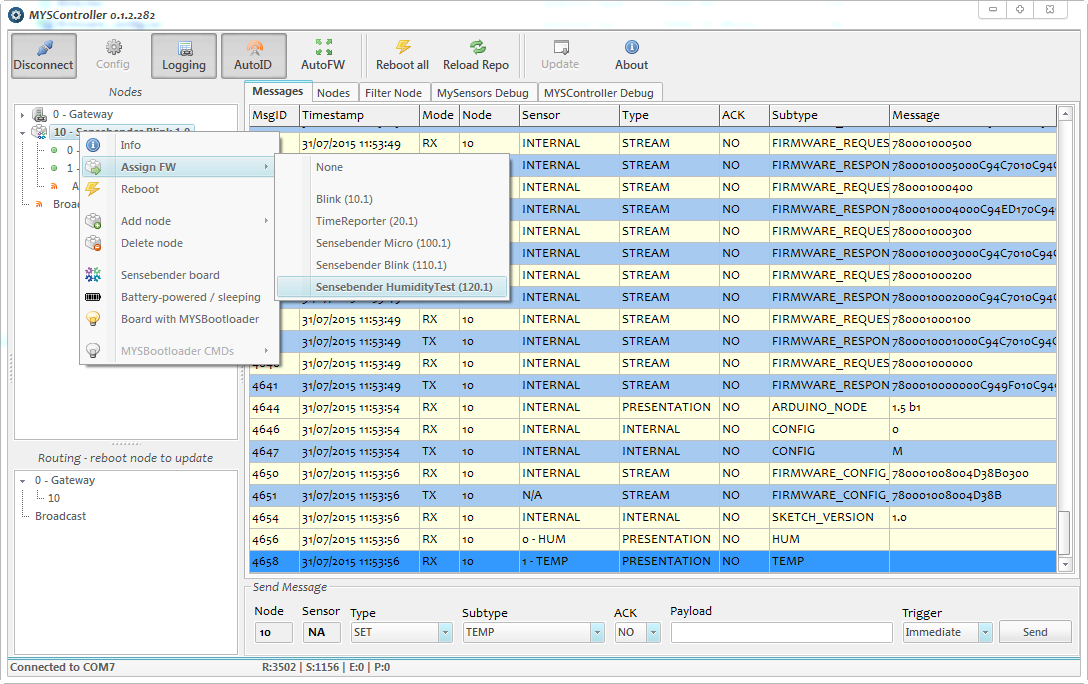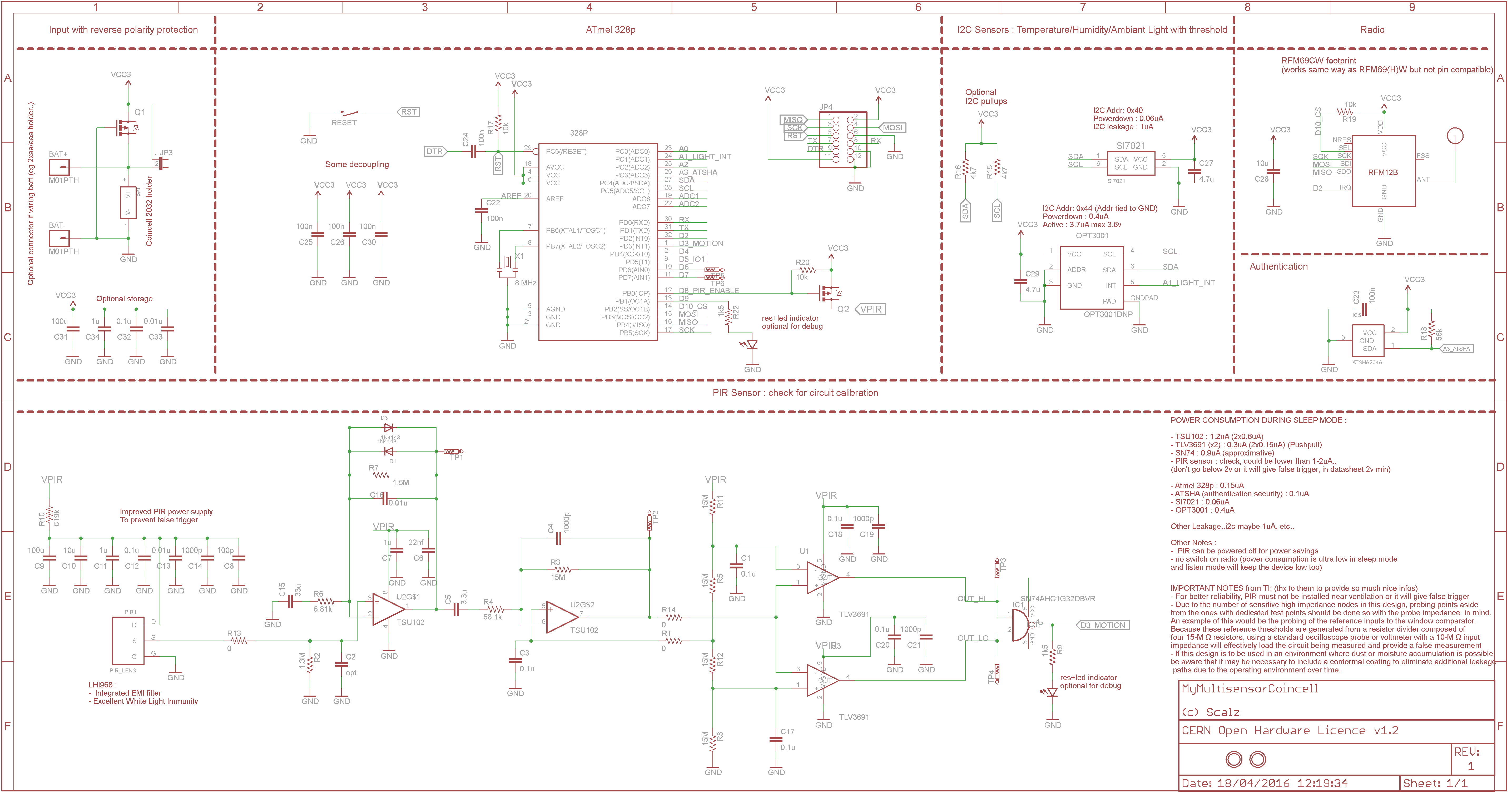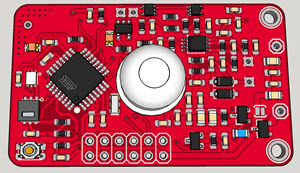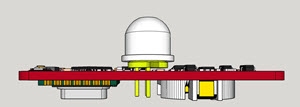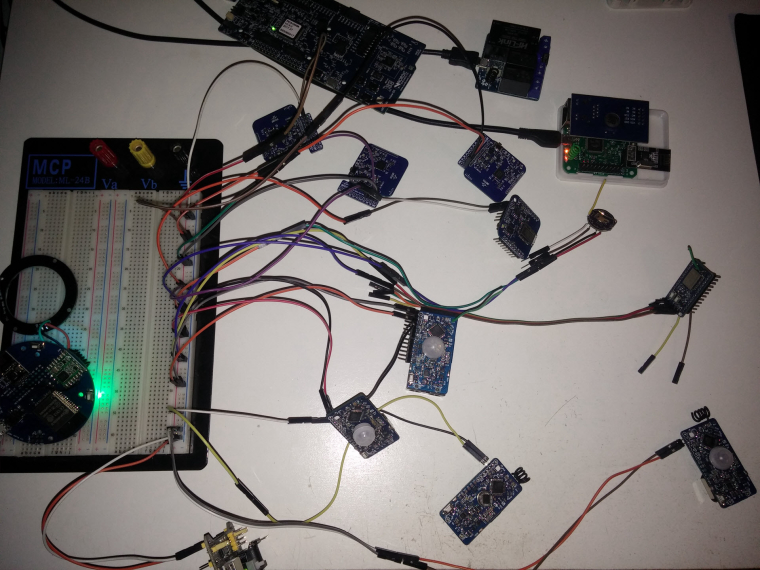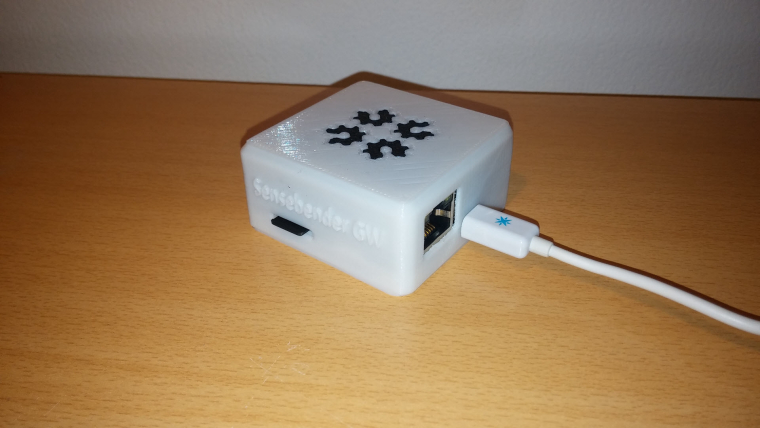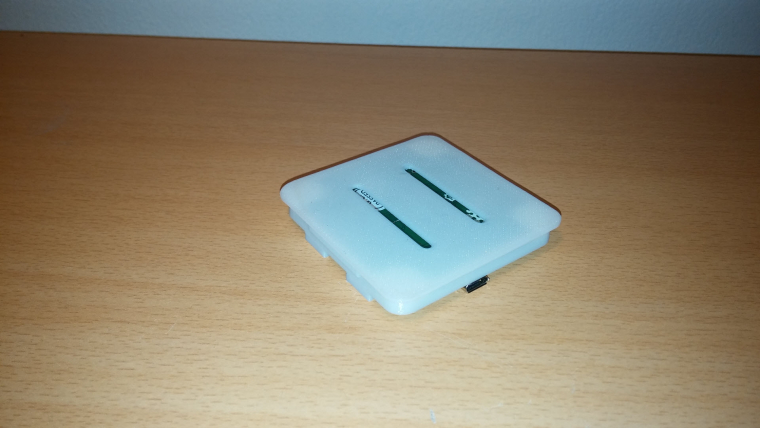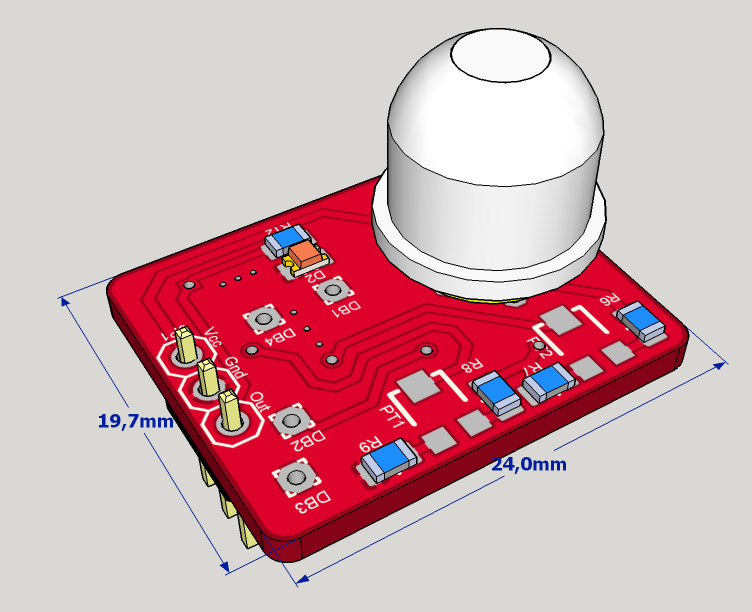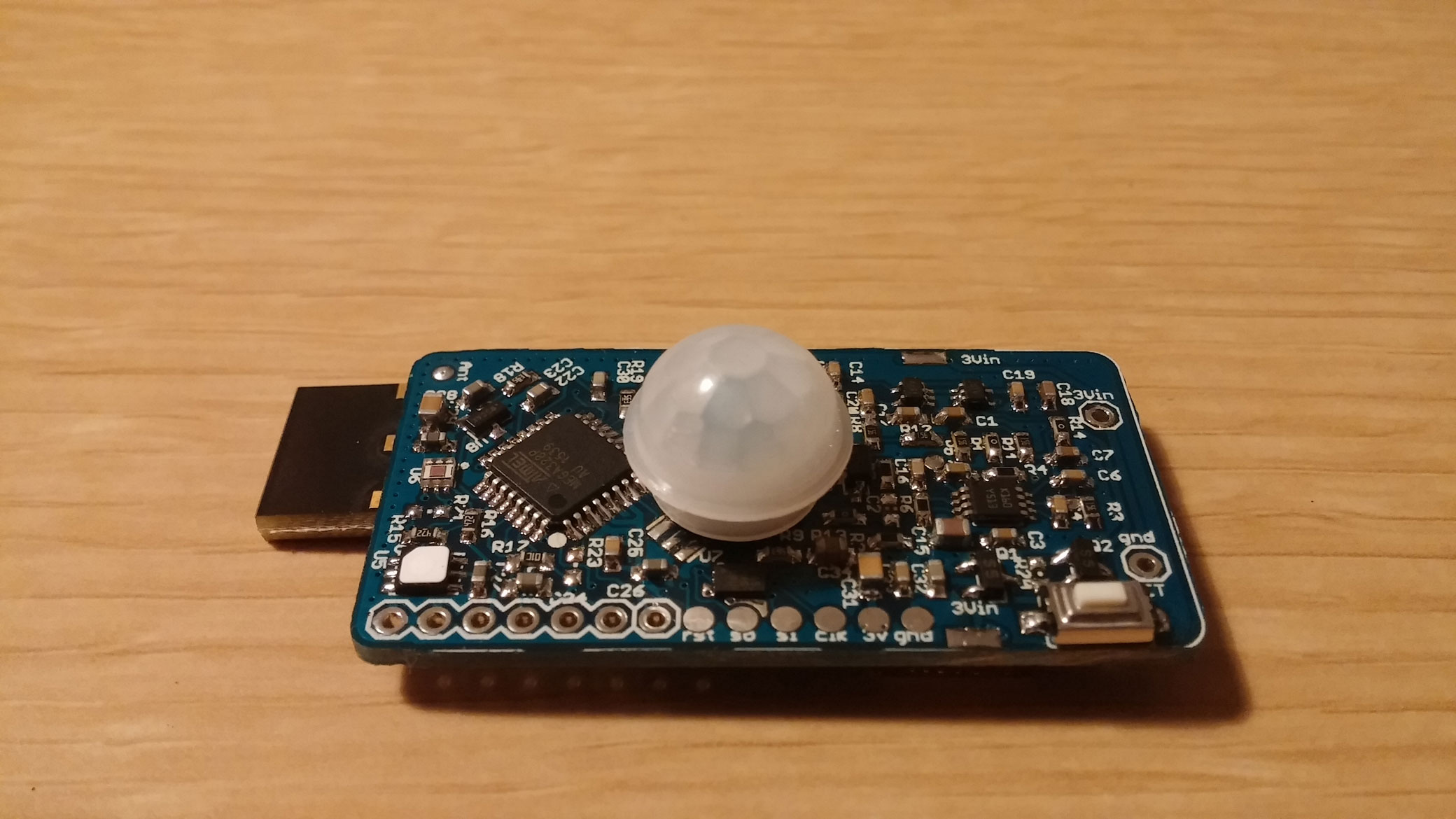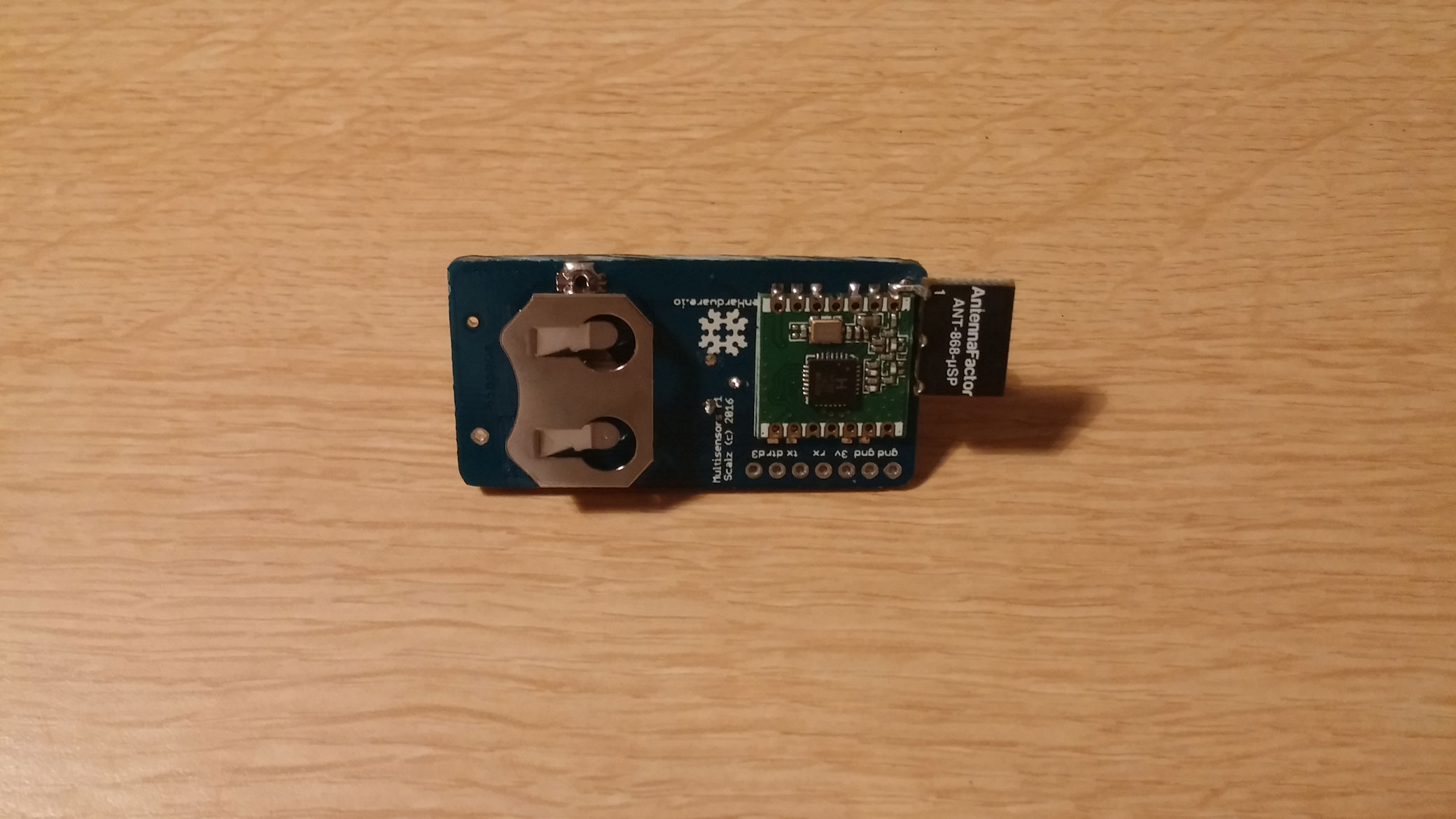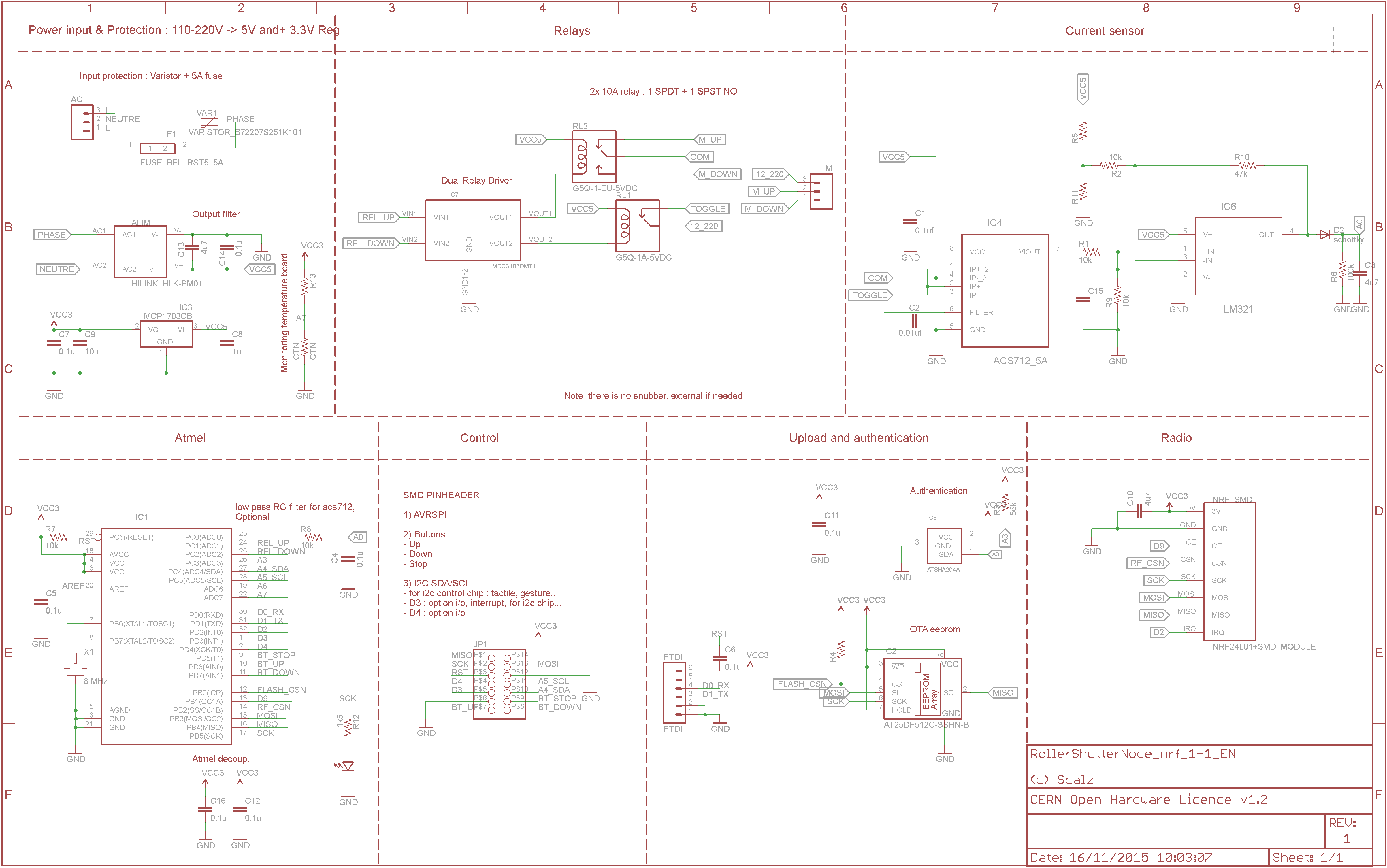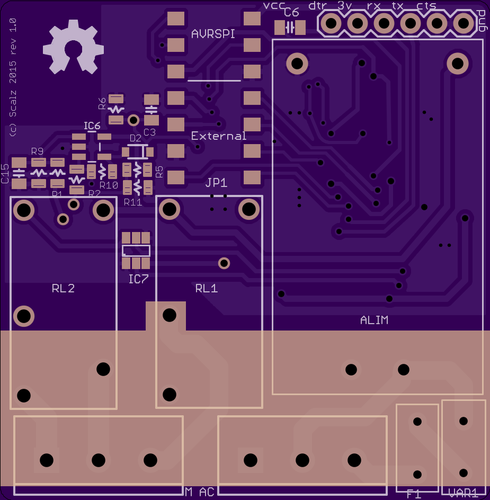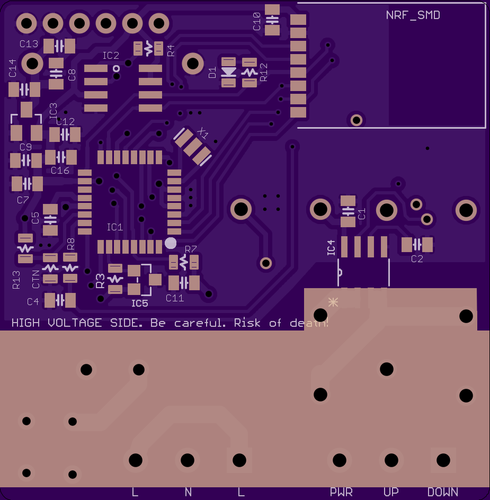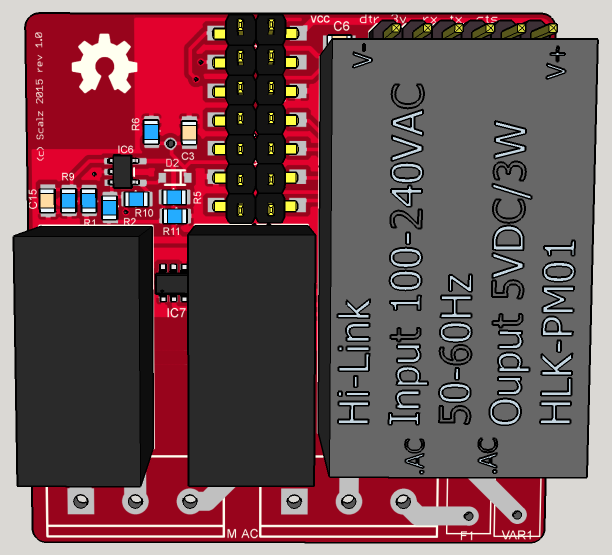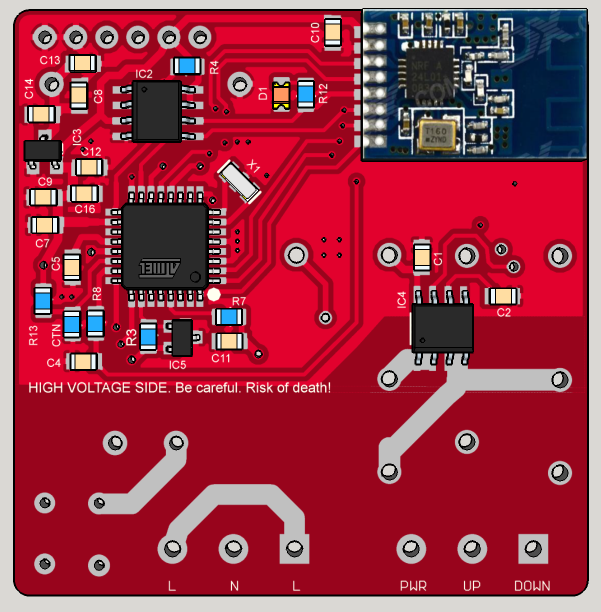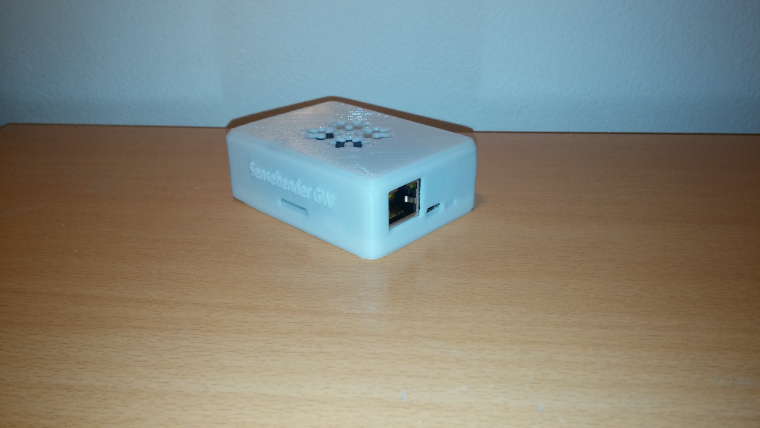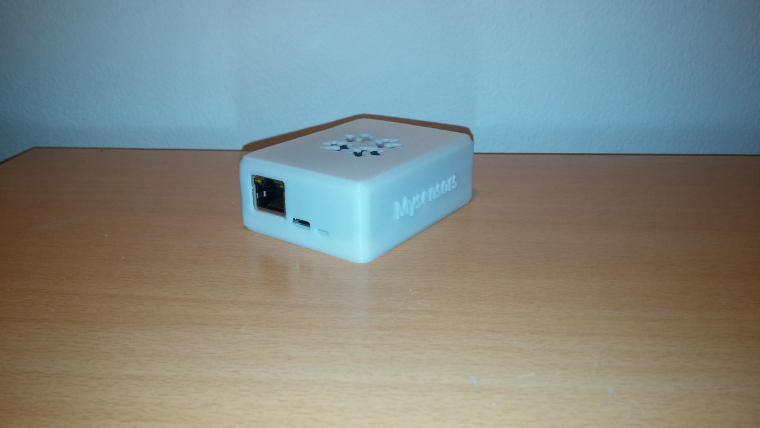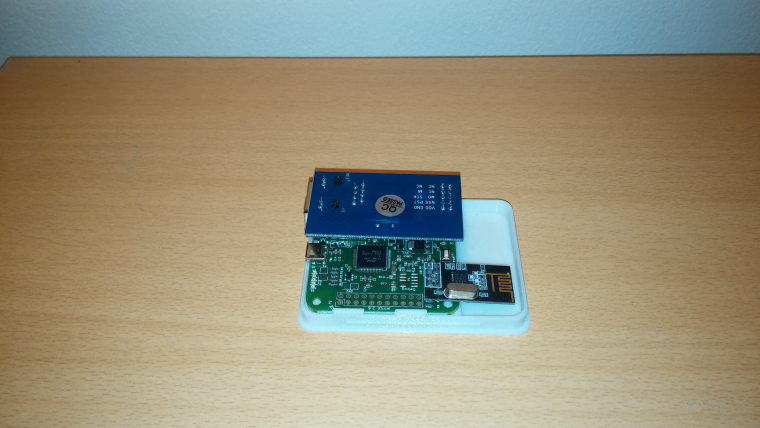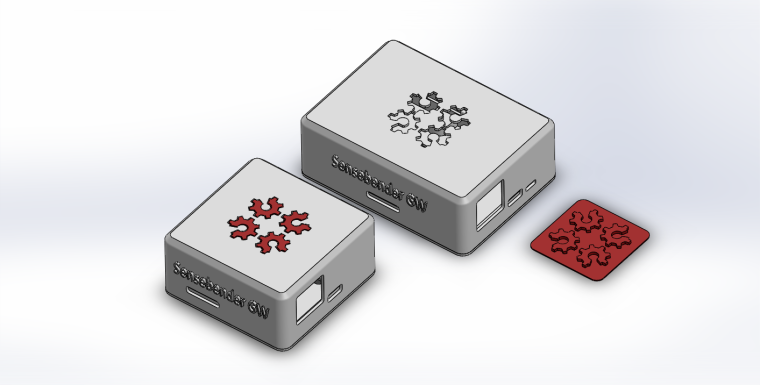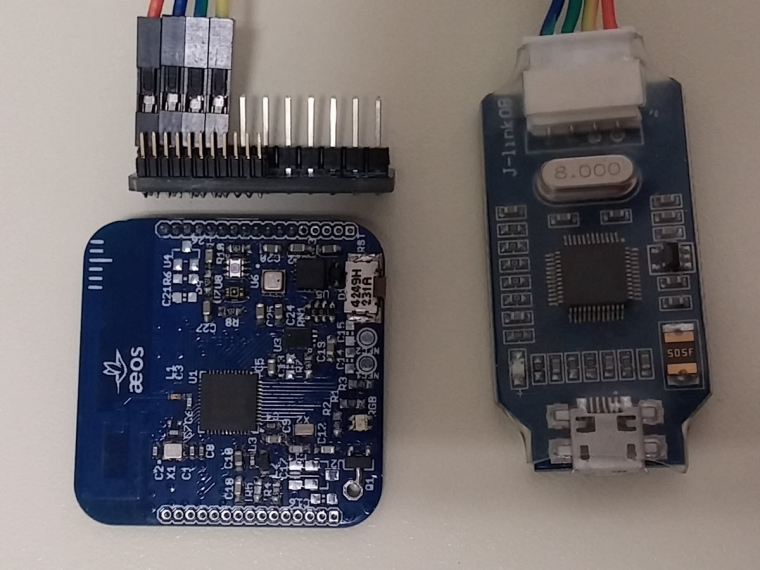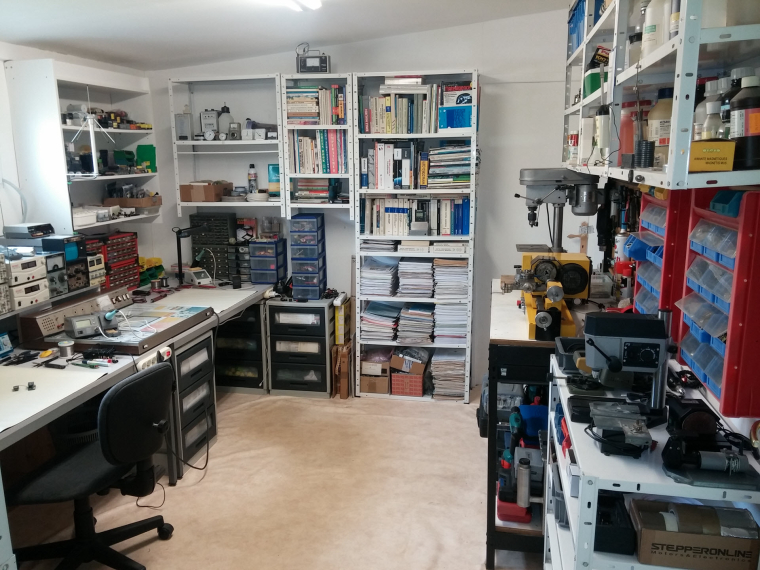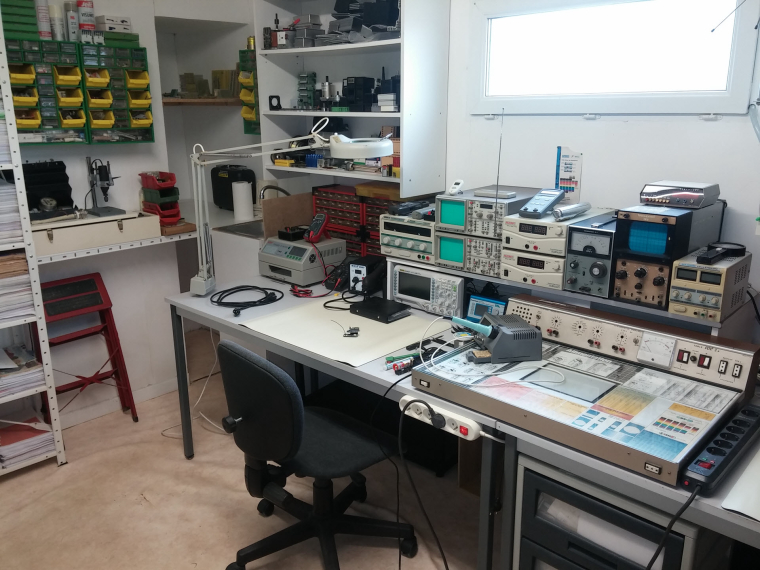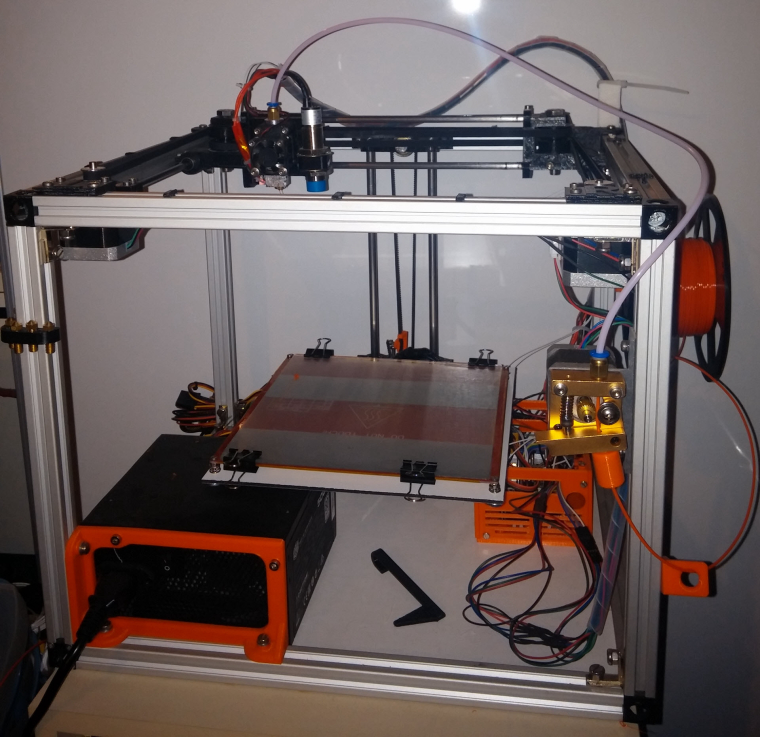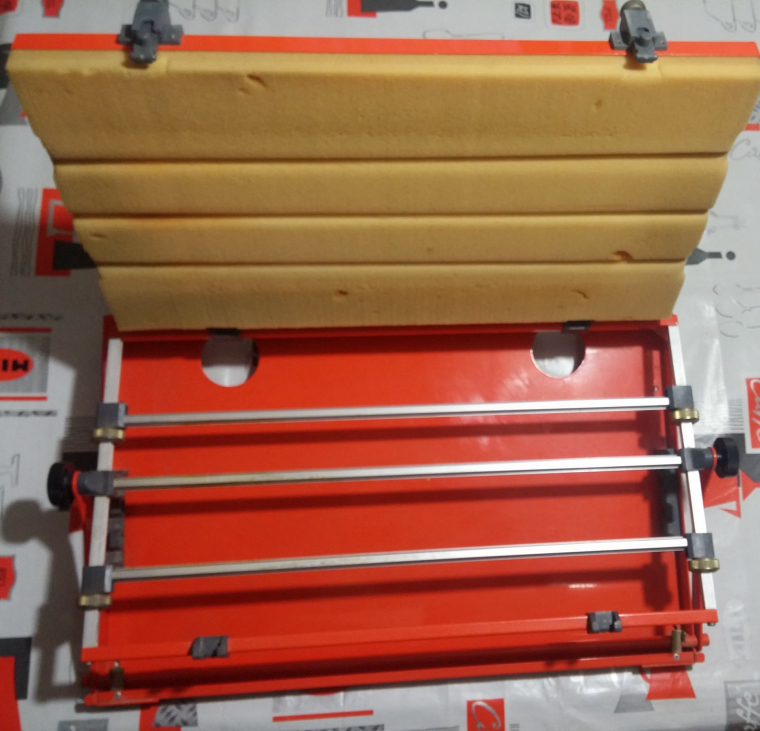Hey :)
I am enthousiast to show you my very new project : my low power multisensor for light loads.
My roadtrip in the lowpower jungle world.
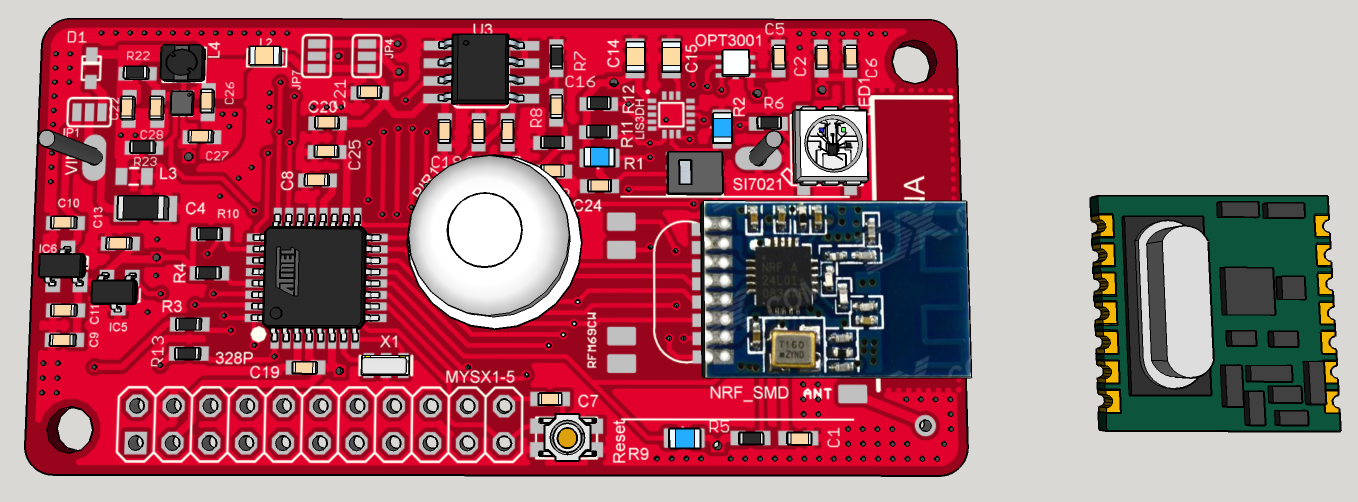
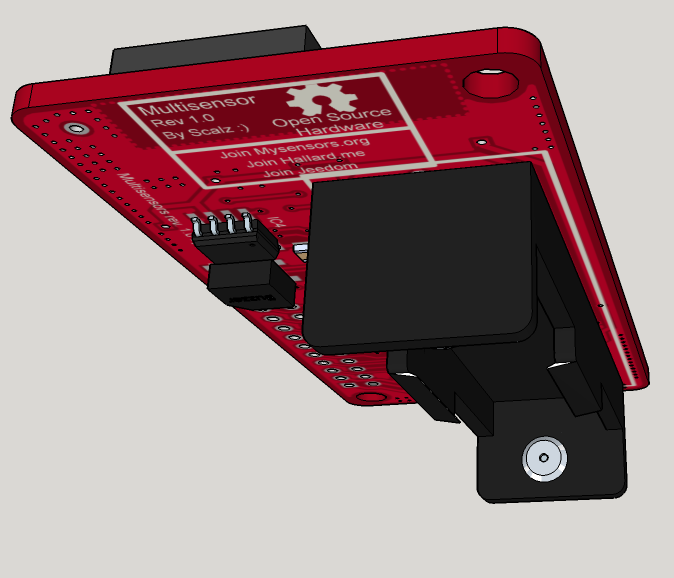
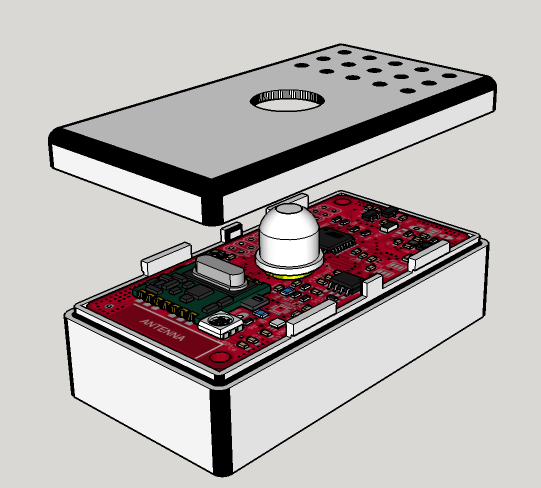
I wanted to make an update on my other "mytinycamel" post, but I would like to explain my way for this board, so...Ah, and I will make it openhardware of course ;)
Why this board as I have already Mytinycamel in the pipeline ???
I want to factorize some of my needs and costs (and that is not a question of me only, I have family, friends..which want my boards too, so why not make it the best I can). I need to have in each room, at least or optionnally, one :
1) We are here for Sensors :
- PIR motion sensor : LHI968 + e931.96 ic (integrated LDO and autocalibration for common PIR sensors)
- temperature/humidity sensor : SI7021
- ambient light sensor : OPT3001
- Accelerometer (why not for antithief) : LIS3DH
- a reed switch for the door
- a buzzer (why not, for fun, optional)
- indication led : for the moment, ws2812b
As you can see, I have choosen all these sensors for their cost/ultra low powermode. You can find better IMU but >6€ (it is for antithief, so I don't need a 9DOF!)
WS2812b, buzzer are on an enable/disable power rail, so in sleepmode I will disconnect it. Ambiant light OPT3001 is interesting too. You can set by i2c, light thresholds and trigger an interrupt on your mcu which is in deepsleep. Could be useful in some scenario.
my first problem is about PIR motion sensor ic, it needs 2.6V min. And Mytinycamel concept is based on a 2Vto3V variable vcc.
Humm..That is why I have designed this board. I want something the most low power I can, and 3V constant (2.7V min). Go to switching regulators, not powering it off like with mytinycamel.
2) DC step-up switching regulator : TPS610981(x)
This one rocks, it's a "pépite". French revealed (maybe my bad english too lol), I say this when I like it and compare this to a gold nugget ;) I have digged digged in the river of the lowpower, yeah:) lol I hope your are laughing of my bullsh**, because I can't stop!
Unfortunately, this ic is not handsolderable. I will use reflow process. But I am already making a rev1.1 with a crazy SOT23 buck ;) more friendly, but a buck is not one 1.5V cell, it would need 4x to get same result ;)
Common switching reg (stepup or buck) are not very efficient at lights loads (like 10uA, during sleepmodes..). And they use few or more uA in quiescent current Iq. All uA added, will be increased due to efficiency.
My choice is : for controlled light loads, I go to stepup, and for bigger loads a buck.
Shortly, its specs :
- 0.7V min voltage, so you can get every drop of one 1.5V AA/AAA ;)
- Ultra low Iq, 400nA
- 80% efficient even at 10-15uA!
- two power rails (in datasheet lot of interesting variant).
- now crazy thing, first you have bypass mode (if vin>3V for the 3V variant, vin is directly connected to vout), and then 0.7-3V vin -> 3V vout. Now if you want to disable the stepup, it goes in low powermode, which means the power rail n°2 is disconnected, but power rail n°1 still remains at 3V in ultra low Iq of 400nA, 80% efficient! So it's possible to cut off things with vout2, and have low power light load things on vout1.
that's like pizza, I want the complete. ahah, really cool, isn'it ?
now, its cons are it is not friendly to solder, and it is 2x50mA max. But we must do things smart..
3) A little word about batteries, energy harvesting..
I have thought a lot about this, read lot of interesting design notes. I think it's a lot a matter of taste but :
- 3V coincell. Interesting, but not enough if I want to use RFM69 (Tx mode is a eater). It could be interesting used in a solar harvesting extender mode. But it would increase my cost, and I think I can last very long time how I will do, and for the use I need; and for the cost... And solar require some placement, which is not really the best usecase for this node.
But it is thin, so I don't forget it, it can be cool too.
- 1.5V AAA not bad, thin, 1200mAh. definitely not bad compared to coincell. I like it :)
- 1.5V AA 2500mAh alkaline, 3000mAh. That IS Cool !! You have always an AA or AAA somewhere and here we go!
- 1.5V LR14 : 8000mAh. Wow! If I have place, like at ceiling edge, sure I will use it.
- lipo. definitely not interesting for this node. Too bad selfdischarge rate. can vent.
- Same thing about phone battery. not available everywhere, how long time for a model, can vent too, and self discharge is not the best. maybe 2years with no load. I don't imagine with a load..Compared to primary lithium which is 10years min theoretically...
- rechargeable lisocl2. interesting too, but not available everywhere. Expensive, need a buck, ...
As you can see, I am searching for less maintenance (less battery replacement...), cost and availability. So ok a booster is less efficient than a buck, but with a buck you can't use only one AA/AAA, héhé! A booster is not as efficient as battery powered only, but you can have constant vcc, and use the whole battery.
So it's my analysis, my personal interpretation from gurus of low power...maybe there are better option..Don't hesitate to tell me. I do not argue to be an expert ;)
My favorite config will be :
- 1AA lithium 3000mAh
- when I can, 1LR14 8000mAh
- for ultra thin and I accept worse maintenance: coincell
- try the rfm69 listenmode. one other thing why I wanted something efficient at light loads.
I suggest you to look at oregon battery lifetime calculator on google. and you will understand with one AA of 3000mA, if I have an Iq of says 30uA at 0.7 vin (a circuit Iq of says 15uA at 3V will give us 26-30uA at 0.7v vin batt end of life so the worse case). Lifetime of the system 3years mini with only one AA ;)
4) Other requirements :
-
rfm69 or nrf24 smd for the radio
-
MYSX 1.5 Connector. That was really not easy at all to fit it!!! Lot of time, I was near to give up! But, even if I don't need it, it could be very helpful for debug. So I follow you on this @Anticimex ;)
-
LDO SOT footprint in case I don't want to use the stepup reg.
-
ATSHA204A ic footprint : authentication (for PIR, reed switch...)
-
Eeprom for OTA. Same thing, eeprom needs to be in low power mode.
-
optional pullup for reedswitch...
-
battery measurement
-
smd jumper to choose if I want SPI bus Vcc on vout1 or vout2
-
smd jumper to choose if I want I2C sensors on vout1 or vout2
-
all component on top to boost production, or decrease cost if externally produced (we can dream!). I was not able! there was not enough space, so there is only eeprom on bottom. not bad!
-
Make the best I can for improve overall quality and reliability like
shielded ferrite for booster
ferrite and emi bead for booster Vout, and another one between gnd_Booster/GND
Optional capacitor near battery
optional capacitor near ferrite to improve emi filter
vias on board edge and near antenna pad to improve ground
no ground plane on one edge of the board for antenna
PCB : Size 65mmx32mm
Height of the box depends on coincell, or AA. For AA it's 22mm, compact.
Last notes : I put this here in case you have feedbacks, or there are some infos that could help you...but It is not a noob board, sorry. Much more for reflow oven owner. How could we do to make things like this available for others??? I am thinking maybe of a simple eval board for the booster. Don't know if chinese would be interested in?
I have not ordered yet, I am making the last decisions, but my drc are ok. cool. just a matter of time, and chinese new year now...
